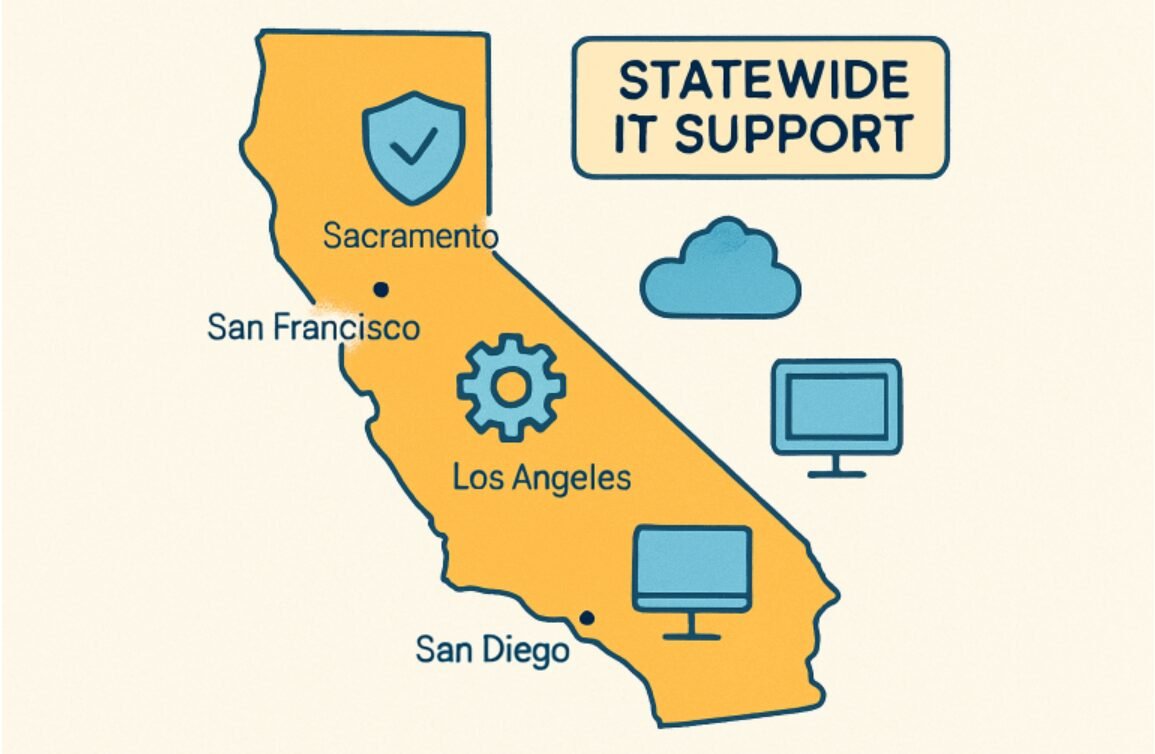Key Takeaways
- Secure Web Gateways (SWGs) are a critical line of defense, protecting organizations against internet-based threats and enforcing security policies for all users, regardless of their location.
- Features like SSL inspection, advanced content filtering, and granular user controls enable businesses to safeguard their data and users from ever-evolving cyber threats.
- SWGs are foundational to regulatory compliance initiatives and zero-trust security architectures as digital transformation accelerates worldwide.
- Strategic deployment and practical best practices ensure security is upheld without hindering productivity among remote and hybrid workforces.
- Continued innovation in SWG technologies is expected to elevate enterprise security further as attacks become increasingly sophisticated.
What Are Secure Web Gateways?
The rapid growth of cloud applications and online collaboration tools has opened new doors for productivity, but it has also dramatically increased the risk landscape facing modern enterprises. Secure Web Gateways (SWGs) serve as vital checkpoints for organizations, sitting between internal users and the public internet to scrutinize every bit of data passing into and out of the corporate network. They inspect web traffic for malicious threats and enforce policies designed to keep users safe, regardless of whether employees are working from a downtown skyscraper, a home office, or even a favorite coffee shop.
The role of SWGs is especially pronounced in organizations with distributed or remote workforces, as web-based attacks continue to climb. Many businesses rely on Versa Networks Secure Web Gateway solutions to ensure that both devices and data remain protected without sacrificing speed or user experience. By seamlessly integrating with existing infrastructure, the right SWG solution empowers organizations to adapt swiftly to new digital realities while resisting ever-more complex online threats.
Key Features of Modern SWGs
Today’s SWGs are engineered to much higher standards than their early predecessors, offering robust layers of protection that account for diverse business needs. It starts with powerful URL and content filtering, leveraging databases that are updated around the clock to block access to unsafe or non-compliant sites. SSL/TLS inspection adds another layer by decrypting and inspecting even encrypted traffic—now the majority of web traffic—to identify and root out hidden malware or risky applications.
Modern SWGs extend beyond the basic “block or allow” dichotomy, providing deep cloud integration for seamless protection spanning across physical offices and remote environments. Features like Data Loss Prevention (DLP) scan outbound content to prevent confidential information from slipping outside company control. Additionally, granular user and application controls enable businesses to tightly manage access to specific web tools or data tightly, ensuring that only trusted users and devices interact with sensitive resources. When these capabilities work together, enterprises benefit from continuous protection and visibility into web activity across their entire network.
How SWGs Protect Against Online Threats
Criminals increasingly see the web as the easiest access point into a corporate network. Ransomware-as-a-service, phishing websites, and fake login portals exploit unsuspecting users on a large scale. The average cost of a data breach globally increased to $4.45 million in 2023—an all-time high, driven mainly by web-borne risks. As highlighted in Security Today’s overview of modern web threat protection, the complexity and frequency of these attacks demand a proactive, multi-layered approach.
SWGs work proactively to identify and intercept these attacks. When a user tries to visit a potentially dangerous site or download a suspicious file, the gateway automatically blocks access, preventing infection or data exfiltration. Many top-tier solutions utilize artificial intelligence and machine learning to identify previously unseen threats by analyzing traffic patterns and behaviors in real-time. These capabilities are crucial for organizations facing attackers who continually evolve their tactics to evade traditional defenses.
SWGs and the Zero Trust Security Model
Trust is no longer an acceptable default in technology environments. The zero trust model assumes that every connection, user, or device—whether internal or external—could be the source of a potential breach. In this landscape, SWGs become integral by serving as dynamic gatekeepers, validating every single web request and inspecting all data exchanges for legitimacy and security.
For organizations transitioning to zero trust, SWGs enable the enforcement of the “least privilege” principle, granting users only what they need and nothing more. When users log on from different locations or through new services, SWGs enable the application of the same rigorous controls, regardless of the location. This significantly reduces the risk of intruders moving laterally within a network, creating a much more challenging environment for potential attackers.
Addressing Regulatory Compliance with SWGs
With data privacy and security regulations evolving at a rapid pace, businesses must continually demonstrate how they protect sensitive information online. Standards like GDPR in Europe, HIPAA in the U.S., and CCPA in California all have strict requirements for securing personal and financial data.
SWGs make compliance easier by centralizing policy enforcement, ensuring that sensitive data isn’t accidentally or maliciously exposed via web channels. Their robust logging and reporting tools provide an auditable trail that compliance teams can use to respond quickly to regulatory inquiries or investigations into breaches. This reduces the risk of fines and reputational damage, giving stakeholders and customers alike greater confidence in an organization’s commitment to data protection.
Challenges in Implementing SWGs
While SWGs bring significant protection, rolling them out comes with practical hurdles. Not all business applications are compatible with SSL inspection, which can sometimes lead to broken workflows or user frustration. Privacy concerns may also arise when decrypting personal or non-business traffic, especially in jurisdictions with strong employee privacy protections.
Overcoming these challenges requires collaboration between IT, legal, and business units. Running pilots, gathering user feedback, and continually refining policy settings can prevent pushback and ensure smoother adoption. It’s essential for organizations to communicate the “why” behind web traffic inspection and to provide clear avenues for reporting issues, helping everyone understand how security supports—not undermines—business objectives.
Best Practices for Securing Remote and Hybrid Workforces
- Layer the SWG with multi-factor authentication so only verified identities gain access to resources, reducing the chances of credential-based attacks.
- Regularly update threat intelligence feeds and web filtering rules to ensure the latest threat signatures are in place against rapidly evolving online attack methods.
- Conduct targeted security training for staff so everyone understands how and why web controls work, and how they help maintain a secure workflow, empowering users to become active participants in organizational defense.
- Continuously review activity logs and adjust security policies to reflect new patterns in work-from-anywhere culture and business needs.
- Consider cloud-delivered SWGs to provide consistent protection across all access scenarios. Cloud architectures enable rapid scaling, simplifying IT management and ensuring comprehensive coverage for distributed teams.
Future Trends in Secure Web Gateway Solutions
Cybersecurity innovators are busy building the next generation of Security Workload Gateways (SWGs), infusing them with artificial intelligence, behavioral analytics, and integration with broader security ecosystems, such as Secure Access Service Edge (SASE). These advances are ushering in an era of more intelligent, more adaptive gateways that can autonomously detect, stop, and even predict new attack techniques.
Expect future SWGs to provide deeper insights into user behavior, more powerful reporting for compliance, and seamless support for hybrid environments. Many organizations are also combining SWGs with endpoint security and cloud access brokers for unified, layered defense. As online threats continue to evolve, having a modern SWG will remain fundamental to securing enterprise assets, enabling innovation while maintaining safety.





